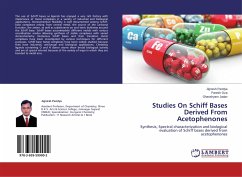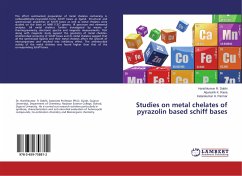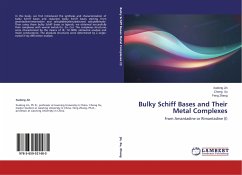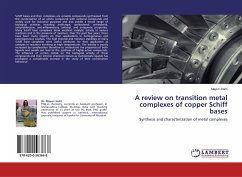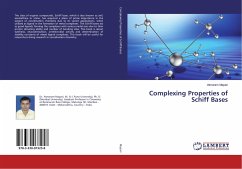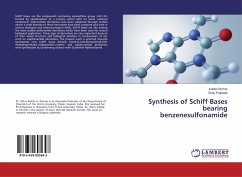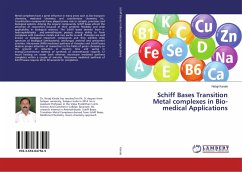The use of Schiff bases as ligands has enjoyed a very rich history with importance of metal complexes in a variety of industrial and biological applications. Stereochemical flexibility is well documented among Schiff-base complexes arising from central metal, the source of the carbonyl function, the amine, as well as substituents on and steric bulkiness around the Schiff base. Schiff bases accommodate different metals with various coordination modes allowing synthesis of stable complexes with varied stereochemistry. Numerous Schiff bases and their transition metal complexes have been investigated by various techniques for different purposes. Schiff-base metal complexes have been widely studied because they have industrial, antifungal and biological applications. Chelating ligands containing O and N donor atoms show broad biological activity and are of special interest because of the variety of ways in which they are bonded to metal ions.
Bitte wählen Sie Ihr Anliegen aus.
Rechnungen
Retourenschein anfordern
Bestellstatus
Storno

